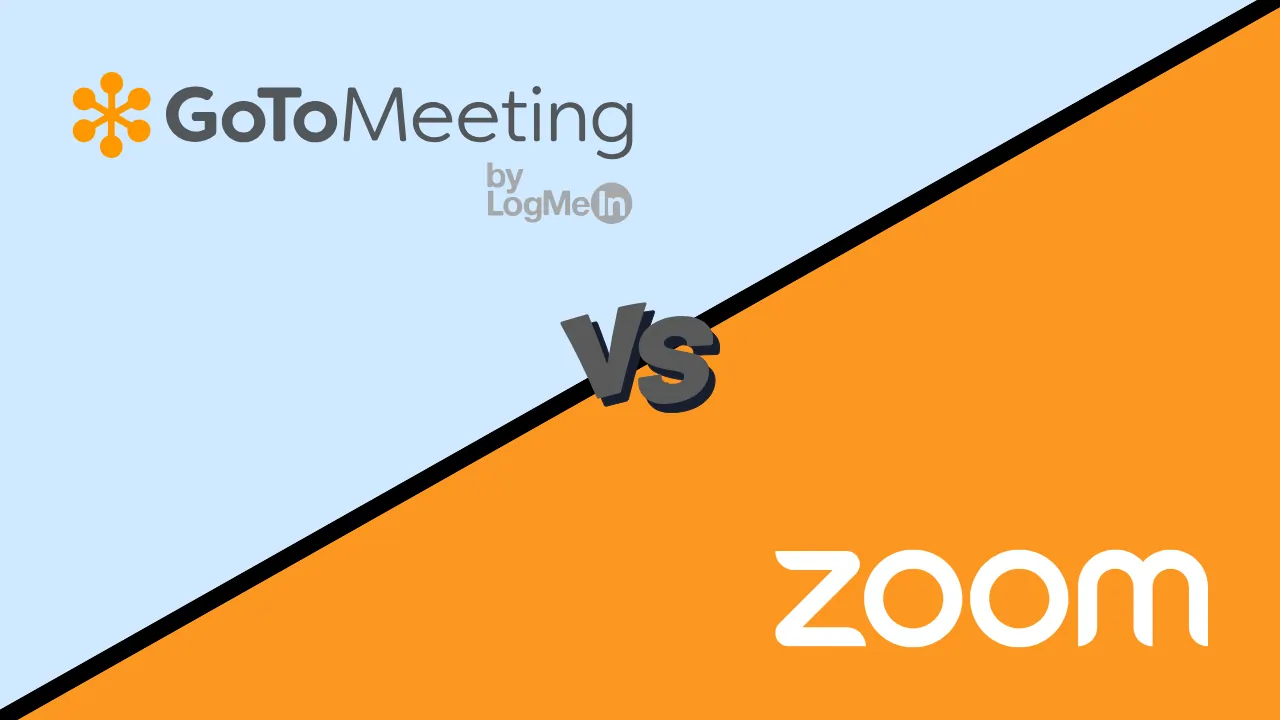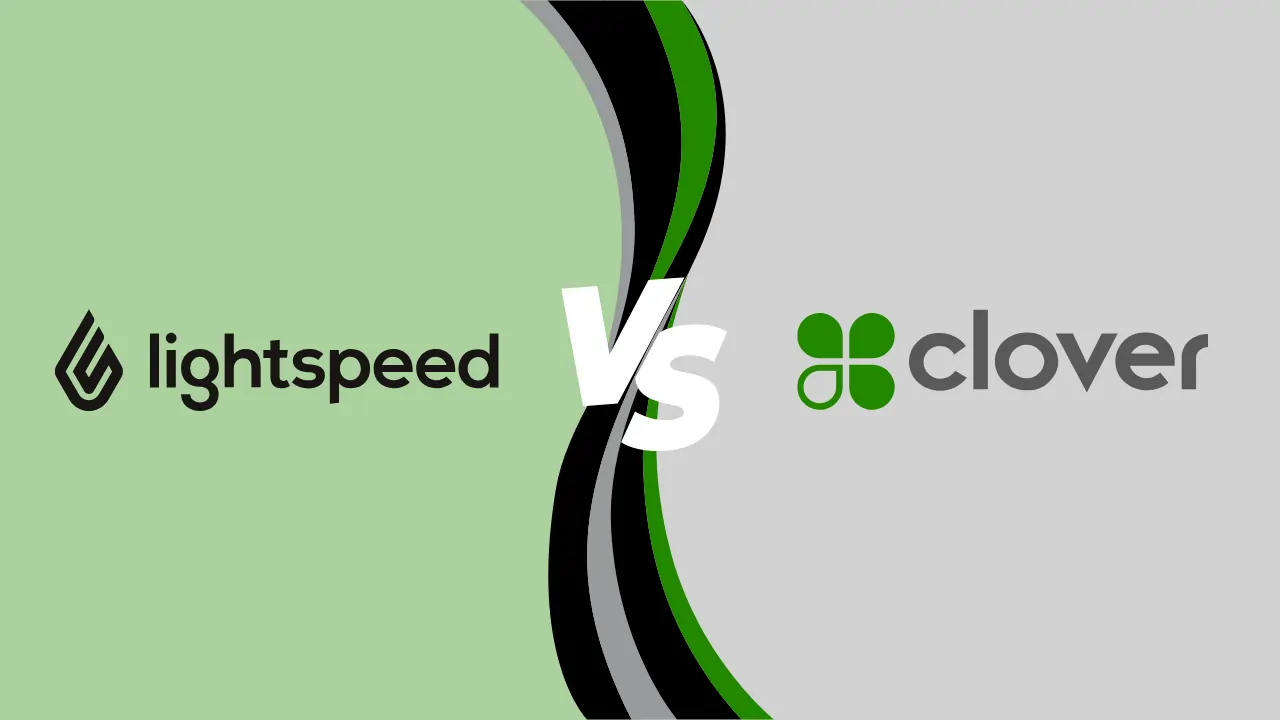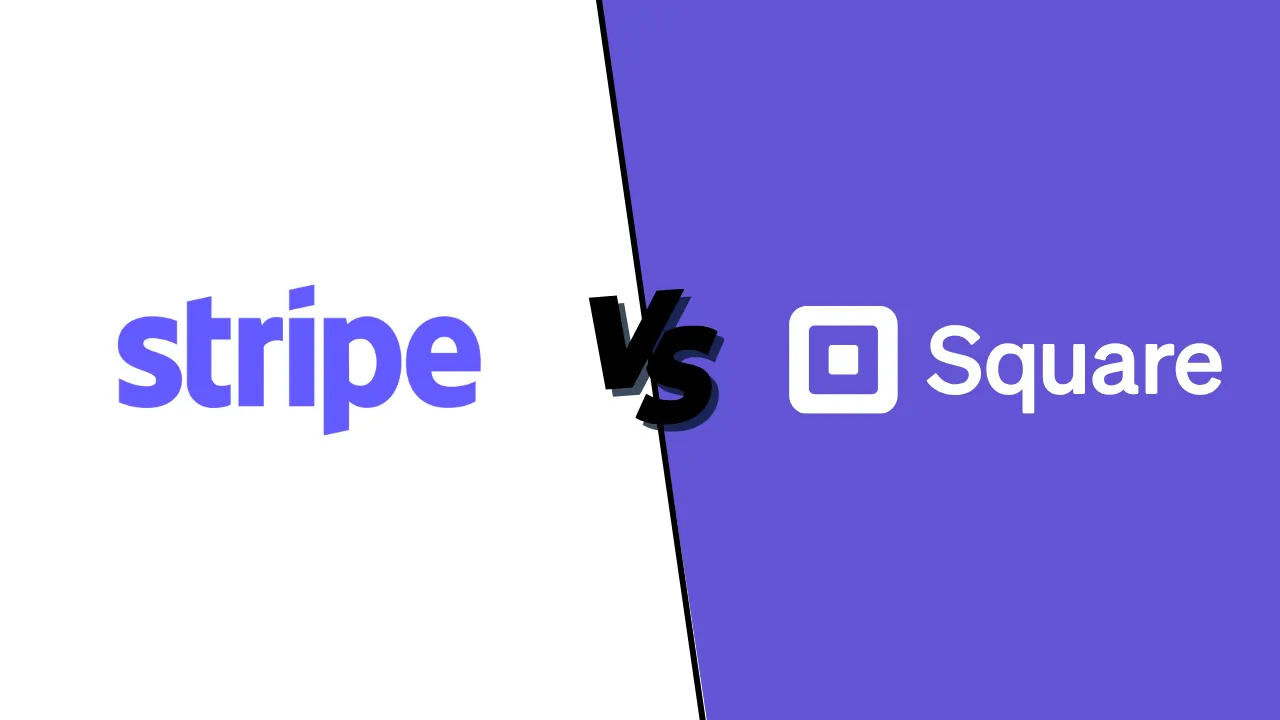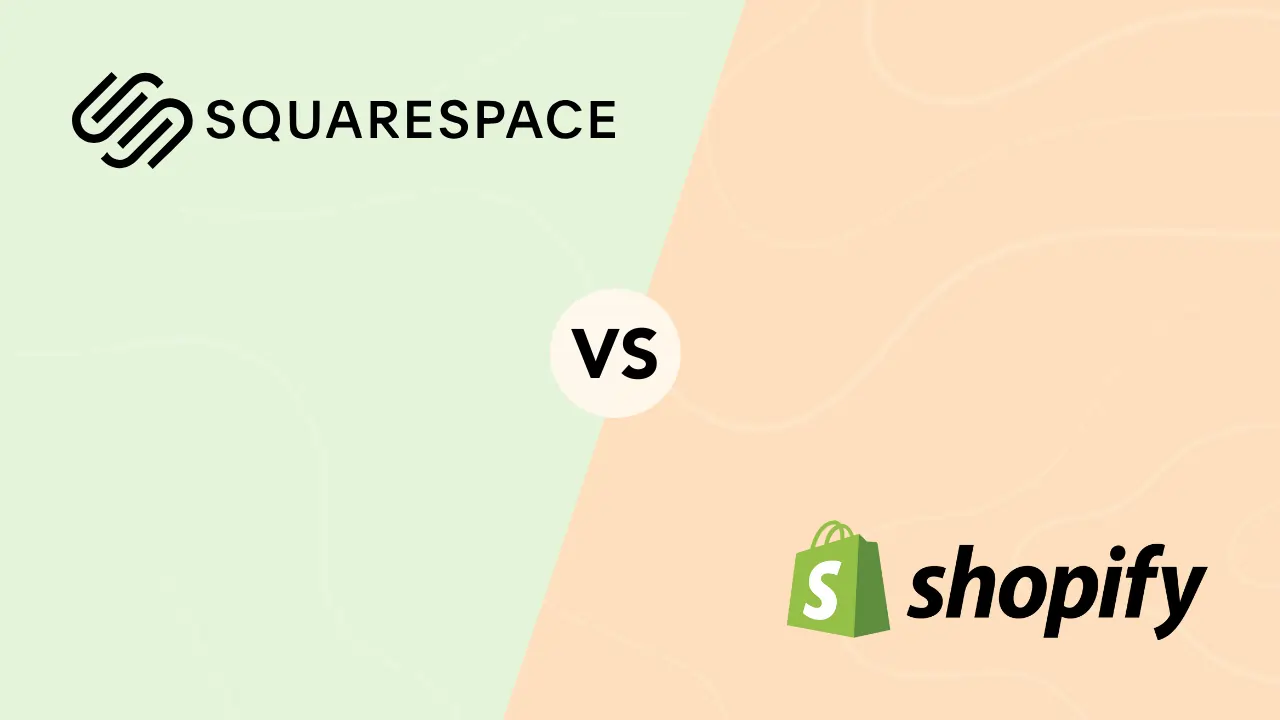The Ultimate Guide to Choosing Payroll for a Global Remote Team

Introduction: Turning Payroll Into a Global Advantage
The way we work has changed forever. Teams are now global, remote, and borderless — and that’s a good thing. But paying those teams correctly, on time, and in compliance with every local law? That’s where businesses get stuck.
Traditional payroll systems weren’t built for global complexity. They can’t handle multiple currencies, tax laws, or statutory benefits in different countries. That’s why companies are moving toward global payroll software and Employer of Record (EOR) services — tools designed for the realities of distributed teams.
This guide breaks down exactly how to choose the right payroll model, compare vendors, and avoid the costly mistakes that can derail international hiring.
If you’re new to payroll, start here: How to Do Payroll Yourself and Best Payroll Services 2025. Once you master the basics, this guide will help you scale globally with confidence.
Key Takeaways
-
Managing global payroll isn’t just about paying people abroad—it’s about staying compliant, accurate, and consistent across every country you hire in.
-
The best solution depends on your model: Employer of Record (EOR) for fast global hiring, international payroll software for centralized automation, or local partners for niche markets.
-
Essential features include multi-currency payments, compliance automation, transparent pricing, and deep integrations with HR and accounting tools.
-
A modern multi-country payroll system can turn payroll from an admin burden into a growth engine.
-
Compare top-rated global payroll platforms and EOR providers on Sonary’s Payroll Software page.
Why Global Payroll Is Complex (and How to Simplify It)
When you hire across borders, payroll complexity multiplies. Here’s what makes international payroll processing tricky:
-
Local laws differ everywhere. Each country has unique tax codes, benefits, and social contribution rules.
-
Currency conversions and FX volatility affect net pay.
-
Reporting formats vary — some require local language payslips, others electronic tax filings.
-
Data privacy laws (like GDPR) restrict how you store and share payroll data.
-
Shadow payroll obligations can appear even when you use an EOR.
Yet the right provider turns all of this into a smooth, automated process. Today’s top global payroll systems track regulations, manage filings, and keep records audit-ready—so you can scale your remote workforce safely.
According to PwC’s Global Payroll Report 2024, 71% of companies expanding internationally say compliance is their top challenge—but automation has cut manual work by over 40% for those using integrated payroll software.
Global Payroll Models: Which One Fits You?
Your payroll strategy depends on your size, speed, and hiring footprint. Below are the four most common models, each with trade-offs.
1. DIY Payroll (Local Entities)
You set up your own legal entities and manage everything locally.
When to use: You have long-term plans in a few specific countries.
Pros: Maximum control and data ownership.
Cons: High setup cost, complex filings, slow scalability.
2. Local Payroll Vendors
You hire local providers in each country.
When to use: You operate in 2–5 countries and want expert local handling.
Pros: Local knowledge and accuracy.
Cons: Fragmented data, inconsistent service levels, limited automation.
3. Global Payroll Platforms
Centralized SaaS systems like Deel, Remote, or Papaya Global connect multiple countries under one dashboard.
When to use: You’re scaling fast and want automation and visibility.
Pros: Unified reporting, automated compliance, and built-in analytics.
Cons: Some rely on third-party partners in niche markets.
4. Employer of Record (EOR)
An EOR legally employs your workers abroad, managing taxes, benefits, and payroll under local law.
When to use: You want fast, compliant expansion without setting up entities.
Pros: Quick onboarding, minimal risk, complete compliance.
Cons: Slightly higher per-employee cost, less flexibility in contracts.
💡 Pro Tip: Many SMBs use a hybrid model—EOR for new countries, global payroll for established markets, and in-house control for key operations.
Best Global Payroll Solutions for 2025
| Provider | Ideal For | Key Features | Global Reach | Starting Cost |
| Deel | Startups & SMBs | EOR + contractor payroll, localized benefits, tax automation | 100+ countries | From $49/employee |
| Remote | Distributed teams | Owned entities, compliance engine, built-in HR suite | 80+ countries | From $599/employee |
| Papaya Global | Data-driven finance teams | Unified analytics, API-first design, compliance automation | 160+ countries | Custom |
| Oyster HR | Remote SMBs | Transparent pricing, benefits management, quick onboarding | 130+ countries | From $499/employee |
| Multiplier | Asia-focused companies | Fast setup, dual contractor/employee support | 120+ countries | From $400/employee |
| ADP GlobalView | Large enterprises | Deep integrations, robust analytics, enterprise compliance | 100+ countries | Custom |
Explore detailed comparisons of Sonary’s Payroll Services and Small-Business Payroll Reviews.
Global Payroll vs International Payroll vs EOR — What’s the Difference?
-
Global Payroll: A unified system managing multi-country payroll operations, taxes, and benefits under one platform.
-
International Payroll: Often refers to outsourced payroll services that handle compliance and processing in each country.
-
Employer of Record (EOR): A licensed entity that becomes the legal employer, ensuring compliance, managing taxes, and filing reports on your behalf.
Think of it this way:
Global Payroll = system
International Payroll = service
EOR = legal structure that keeps it compliant.
What to Look For in a Global Payroll Partner
| Key Feature | Why It Matters | Questions to Ask |
| Country Coverage | Ensures scalability | “Which countries do you own vs partner?” |
| Compliance Automation | Avoids costly errors | “How do you update laws and tax tables?” |
| Multi-Currency Support | Improves employee experience | “Who covers FX fees?” |
| Transparent Pricing | Keeps your budget clear | “What’s included in monthly fees?” |
| Audit Readiness | Ensures compliance | “Can you produce local reports instantly?” |
| Integrations | Saves hours | “Does it connect to my HR or accounting software?” |
| Customer Support | You’ll need it | “Do you offer local experts or chat-only support?” |
You can compare leading solutions for small teams on Sonary:
👉 Payroll Software Reviews
👉 Free Payroll Tools
👉 Best HR Platforms
How to Roll Out a Global Payroll System
Step 1. Map Your Workforce
List all employees, countries, contract types, and pay structures.
Step 2. Choose Your Model
Pick EOR, aggregator, or hybrid based on cost, control, and compliance.
Step 3. Pilot First
Run 1–3 countries through a new provider before scaling. Compare outputs and employee satisfaction.
Step 4. Phase the Rollout
Expand in waves. Keep documentation standardized across countries.
Step 5. Audit and Improve
Schedule quarterly compliance checks and track updates to labor laws.
Most-Searched Questions About Global Payroll & EOR
What is global payroll?
Global payroll means managing salaries, taxes, benefits, and compliance for employees in multiple countries through one system.
Do I need a legal entity to hire internationally?
No. Using an Employer of Record (EOR) lets you hire employees abroad without creating a company there.
Is EOR legal?
Yes, in most countries — provided the EOR is licensed and compliant with labor leasing laws.
What is shadow payroll?
Some countries require local wage reporting even if you use an EOR. A compliant payroll partner handles it automatically.
Should I pay in USD or local currency?
Paying in local currency builds trust and prevents FX confusion.
How much does a global payroll or EOR cost?
Typical SMB payroll software: $20–$30 per employee/month. EOR services: $300–$700 depending on the country.
What’s the difference between global payroll and PEO?
A PEO co-employs staff with you (you need a local entity). An EOR becomes the legal employer on your behalf.
Which are the top-rated providers?
Deel, Remote, Papaya Global, Oyster, and ADP are top-ranked global payroll and EOR solutions for 2025.
Key Insights for SMBs
-
Think global-first, not admin-first. A modern payroll platform should reduce effort, not add more.
-
Prioritize compliance visibility. The ability to track every local law in one dashboard is priceless.
-
Integrate HR and accounting. Unified systems mean fewer errors and faster reporting.
-
Compare total cost, not sticker price. Ask for all-inclusive quotes covering onboarding, FX, and terminations.
Check out Sonary’s latest comparisons:
Conclusion: Payroll That Grows With You
Global payroll doesn’t have to be a headache. With the right combination of technology and local expertise, it becomes one of your most powerful growth systems.
Whether you start with an EOR, use a global payroll provider, or manage your own entities, the key is structure, compliance, and clarity.
When payroll runs smoothly, your team feels valued—and your company can focus on expansion, not administration.
Start your global payroll journey by comparing the top-rated providers on Sonary’s Payroll Services page




